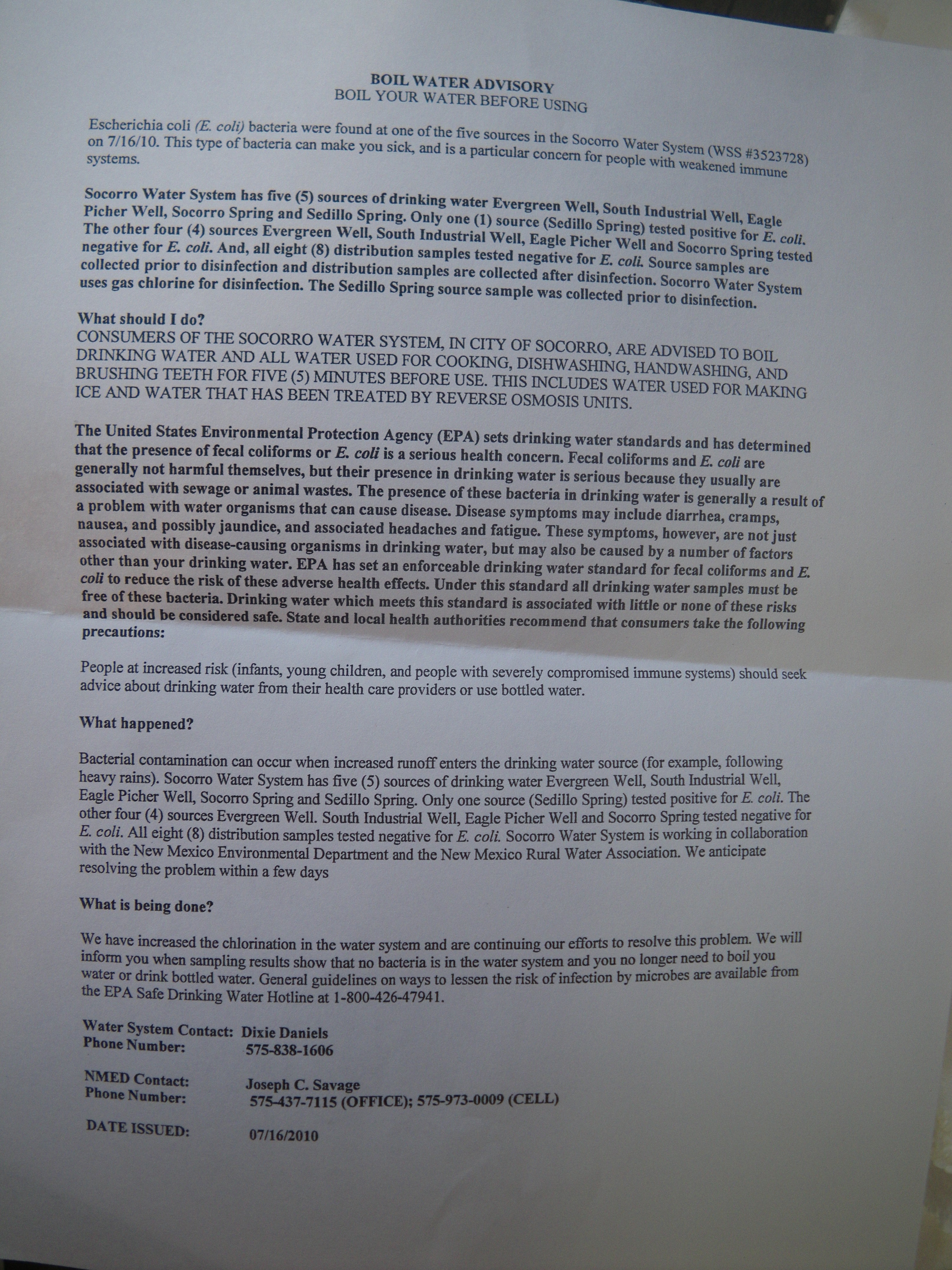This showed up on a public list, although the authors may have wanted it private. Regardless, it’s out there, and shows the kinds of questions and leads public health types are constantly pursuing, in conjunction with the medical community.
Toronto Public Health reports as of Feb. 28, 2012, it has received reports of 114 cases of salmonellosis, compared to the previous 10-year average of 70 cases for the same period. This increased activity is affecting individuals across the city and related to several potential sources.
The known clusters of recent Salmonella infection include:
1) a large catered event in York Region on February 11 that resulted in transmission of S. typhimurium to numerous attendees who continue to report illness since that time;
.jpeg) 2) an outbreak of a less common species of Salmonella (S. heidelberg) across the GTA. This is under investigation by Public Health Ontario;
2) an outbreak of a less common species of Salmonella (S. heidelberg) across the GTA. This is under investigation by Public Health Ontario;
3) an increase of S. enteriditis (the most common strain of Salmonella reported in Toronto) linked to recent travel to Cuba.
In addition, with a general increase in circulating Salmonella infection there is higher chance of person-to-person transmission.
TPH recommends:
• Consider salmonellosis in the differential diagnosis of patients presenting with signs and symptoms of gastroenteritis.
• Infants, elderly and immunocompromised individuals are at higher risk of bacteremia. Extraintestinal focal infections (e.g., arthritis, meningitis, pneumonia) can occur in those with bacteremia.
• Remind ill patients of the potential for transmission to others.
• Emphasize the importance of proper hand hygiene and safe food handling practices.
• Public Health requires individuals infected with Salmonella who work in or attend high risk environments such as food premises and child care facilities to be excluded from these settings until symptom-free for 24 hours (or until cleared with two negative stool specimens if asymptomatic with poor hygiene practices).

_story.jpg) salmonellosis linked to duck eggs.
salmonellosis linked to duck eggs.